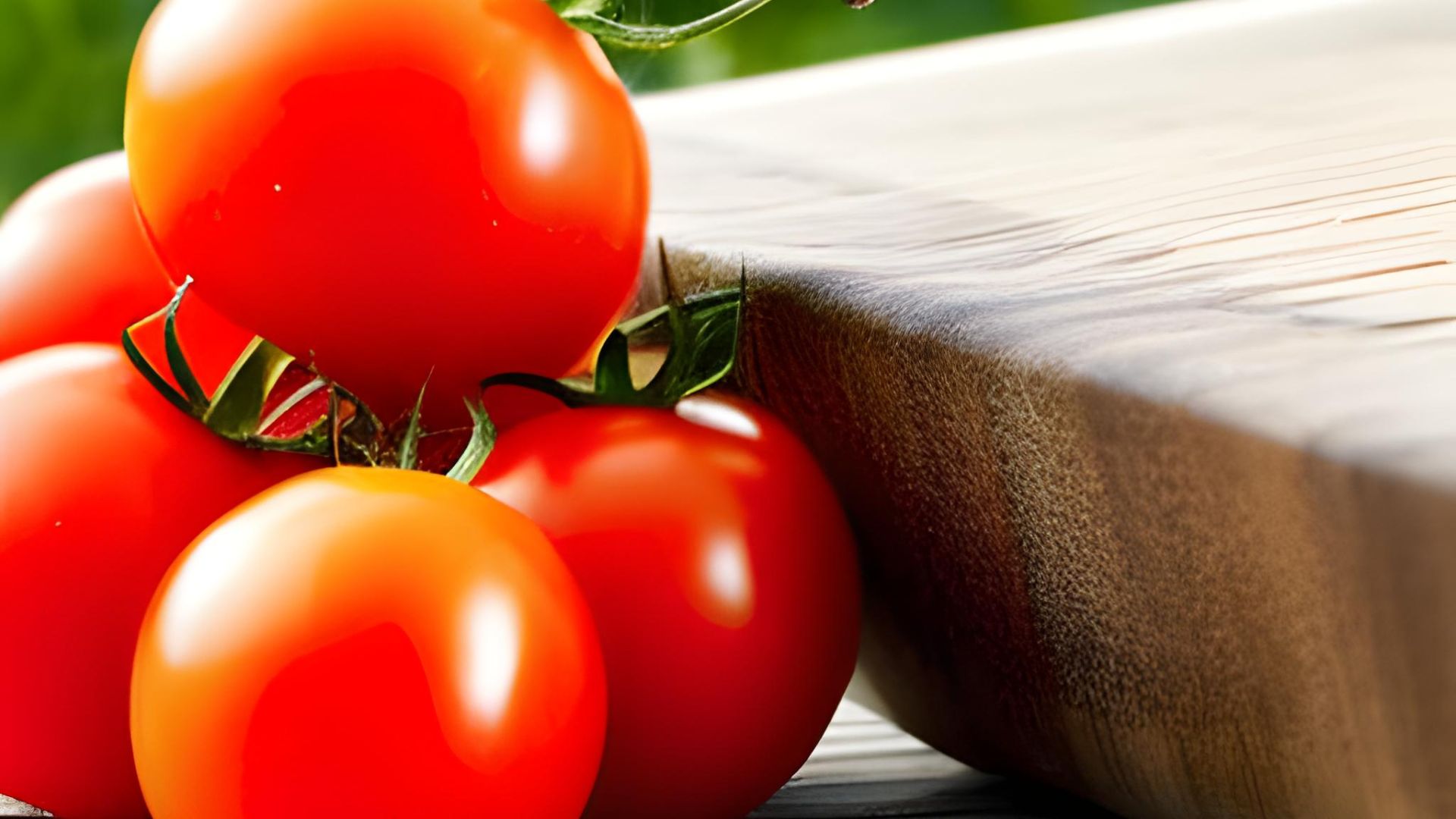A successful tomato harvest begins in the spring. There are several key tasks that need to be completed before summer arrives to ensure a bountiful crop.
- Spring is the time to transplant seedlings, prepare the soil, install supports, and more.
- Completing these tasks will lead to stronger plants and higher yields.
- This article will cover the top 10 spring tomato tasks for maximum harvests.
| Task | Purpose |
|---|---|
| Transplanting | Strengthen roots |
| Amend soil | Improve nutrients |
| Weed | Reduce competition |
| Irrigation | Consistent moisture |
| Companion planting | Pest control & flavor |
| Fertilizing | Strengthen growth |
| Supports | Prevent disease |
| Pruning | Direct energy |
| Propagating | More plants |
| Mulching | Retain moisture |
By following this spring tomato checklist, you’ll be harvesting basketfuls of ripe, juicy tomatoes come summertime!
A. Transplant Seedlings
- Transplant when chance of frost has passed and soil is warm
- Important for long-term growth and harvest size
- Bury 2/3 of stem to strengthen roots
- Can plant upright in deep hole or sideways in trench
This task involves moving young tomato seedlings into the garden once the threat of frost has passed and soil temperatures have warmed. It is critical for the long-term development and yield of the plant. When transplanting, bury 2/3 of the seedling’s stem to promote stronger root growth. Seedlings can be planted vertically in a deep hole or horizontally in a trench. Proper transplanting techniques set the stage for robust plants and maximum harvests later in the season.
B. Amend Soil
- Tomatoes need slightly acidic, nutrient rich soil
- Add compost and mix in deeply
- Can add bone meal for phosphorus or Epsom salts for magnesium if deficient
- Improve drainage or moisture retention as needed
Before transplanting tomatoes, it is important to prepare and amend the soil to meet their growing requirements. Tomatoes prefer soil with a slightly acidic pH that is high in organic matter and nutrients. To amend soil, incorporate several inches of compost or other organic material and mix thoroughly into the existing soil to enrich it. Bone meal and Epsom salts can be added to correct any phosphorus or magnesium deficiencies, but a soil test is recommended first to identify any nutrient shortages. If needed, drainage can be improved by adding sand or perlite, and moisture retention boosted with peat moss or coconut coir. Taking the time to amend and enhance the soil will provide the ideal conditions for tomatoes to thrive.
C. Weed Regularly
- Remove competition for nutrients
- Prevent overcrowding and disease
Weeding is an important ongoing task in the tomato patch. Weeds compete with tomato plants for water, nutrients, and sunlight. They should be removed while young before they develop extensive root systems. Thorough weeding also helps prevent overcrowding, allowing for good air circulation between plants. Overcrowded conditions encourage the development and spread of disease. By eliminating weeds on a regular basis, the tomato plants will have access to more resources and will face less pest and disease pressures. A weed-free tomato patch sets the stage for strong, vigorous plants and increased yields.
